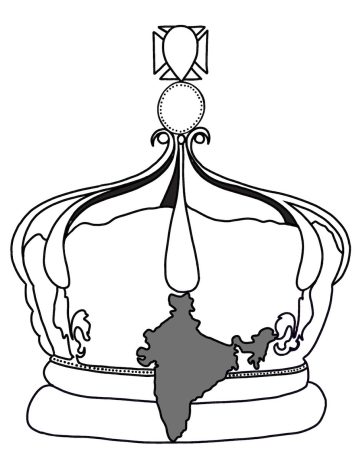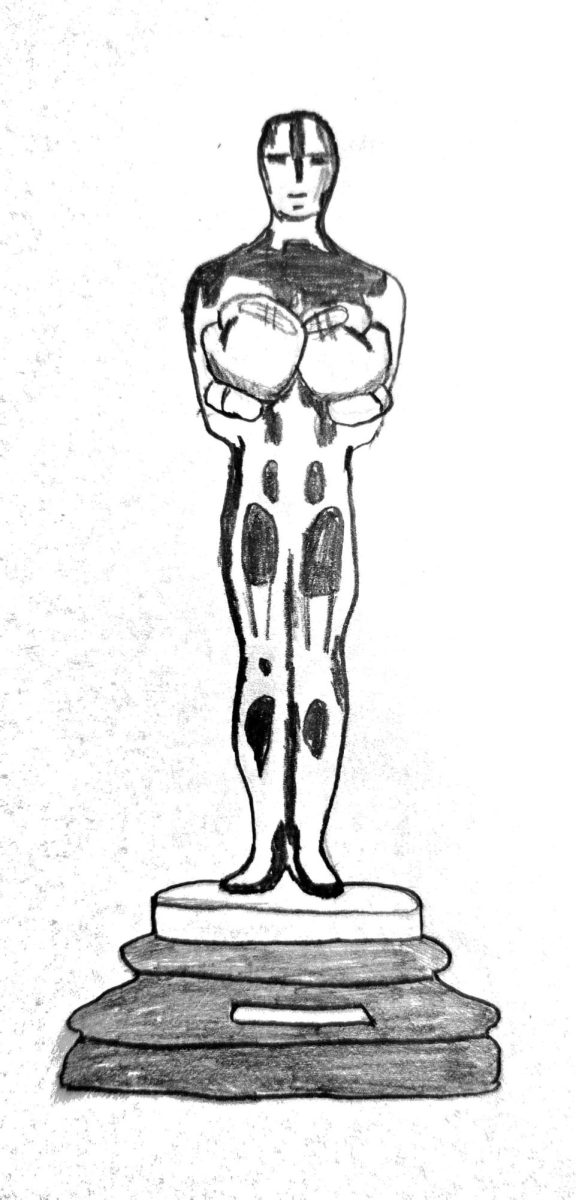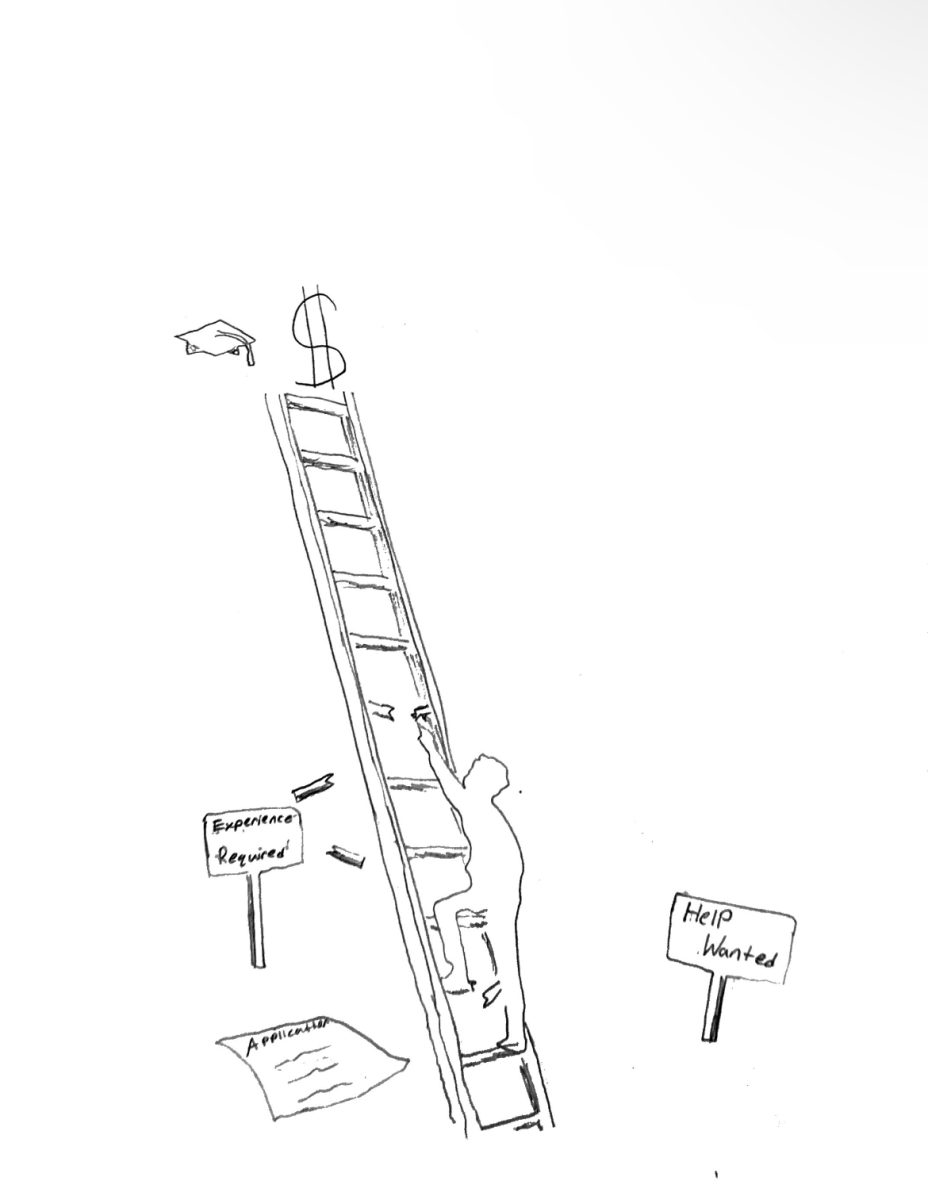The Kohinoor, the central gem in The Queen Mother’s Crown, is a stolen diamond. Its history is entangled in the roots of colonialism as an heirloom passed down to English queens and queen consorts. The recent passing of Queen Elizabeth II should provoke a revaluation of the Kohinoor’s circulation of the diamond in the English monarchy. The overarching power imbalance between India and Britain is perpetuated through continued observance of the Kohinoor at the Tower of London and must be addressed through the removal of the diamond from the British crown jewels.
Initially, the Kohinoor was obtained by the English monarchy after the Anglo-Sikh wars, fought between the Sikh Empire and the British East India Company ending with the Treaty of Lahore in 1846. Taking advantage of the political instability of the time, the British pressured the 11-year-old king, Maharaja Duleep Singh, to sign the Treaty of Lahore, agreeing to a clause that surrendered the diamond to the British East India Company. While in British possession, the diamond was recut to fit European tastes. Originally, the diamond’s style had a Mughal cut, preserving the natural size and pertaining to eastern diamond preferences in India. This physical alteration of the Kohinoor to fit British standards permanently disregards its original form and the Indian significance surrounding it.
Danielle Kinsey, an assistant history professor at Carleton University, has a background in Imperial Britain and transnationalism, with some of her earliest published works focused on the Kohinoor diamond. On NBC News, Kinsey commented on the cultural impact of the display.
“The actual histories of British imperialism tell a much different story, one of horrific violence, dispossession, prejudice and significant economic exploitation. I think people are outraged by how the Kohinoor continues to function as a trophy of empire as long as it remains in the crown’s possession,” Kinsey said.
While some historians disagree on details of the Kohinoor’s origins in India’s Golconda mines, written records nonetheless verify that the diamond was set on the top of the Peacock Throne, during the Mughal Empire, in the Red Fort of Delhi. The Kohinoor continued to be exchanged between other leaders on the continent, resulting in several contrasting claims of ownership over the diamond today. Sikh ruler, Ranjit Singh emphasized the gem’s value to India symbolically and in combination with the historic victories surrounding its return. The Kohinoor’s ultimate transition into British possession is indisputably wrong regardless of other border complications.

The United Kingdom’s more than century-long ownership of the jewel does not justify its permanence in the colonizer’s collection. At 16, my father visited London with his parents, who lived in South Asia under British rule. Though he was in awe of the diamond from far away, past the European crowd, he recalled a feeling of resentment. It is unsettling to see a stolen jewel represent the English monarchy. The British colonialism that runs through my family’s blood and is advertised present day in the centerpiece of The Queen Mother’s Crown cannot be ignored. Although the process of returning the Kohinoor to its rightful owner may spark controversy, the diamond must be immediately removed from its blatantly disrespectful display as an imperial trophy among the English crown jewels. The decolonization of India as England’s crown jewel starts with the physical separation of the Kohinoor from the English monarchy.
Mohandas Gandhi was a champion of peaceful protest and a major figure in India’s political independence and separation from the British. His great-grandson Tushar Gandhi continues the sentiment of continued decolonization and modern-day independence on NewsX.
“This was our heritage, which was stolen, which was taken away forcefully. Every country, every culture has aspirations to regain what they have lost in history,” Gandhi said.
The Kohinoor is expected to be presented to King Charles III’s wife, the queen consort, on May 6, 2023, at his coronation. Instead of being a heavy symbol of colonialism globally, the Kohinoor diamond should be renegotiated and recognized as an opportunity for restorative justice.







